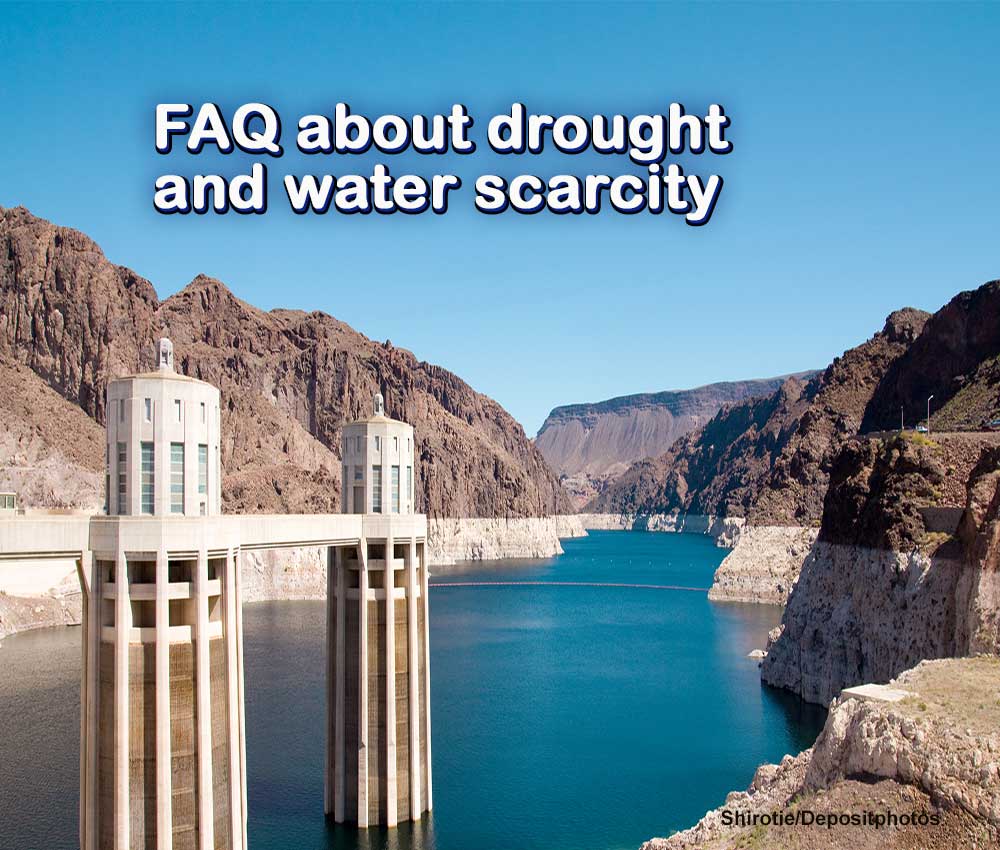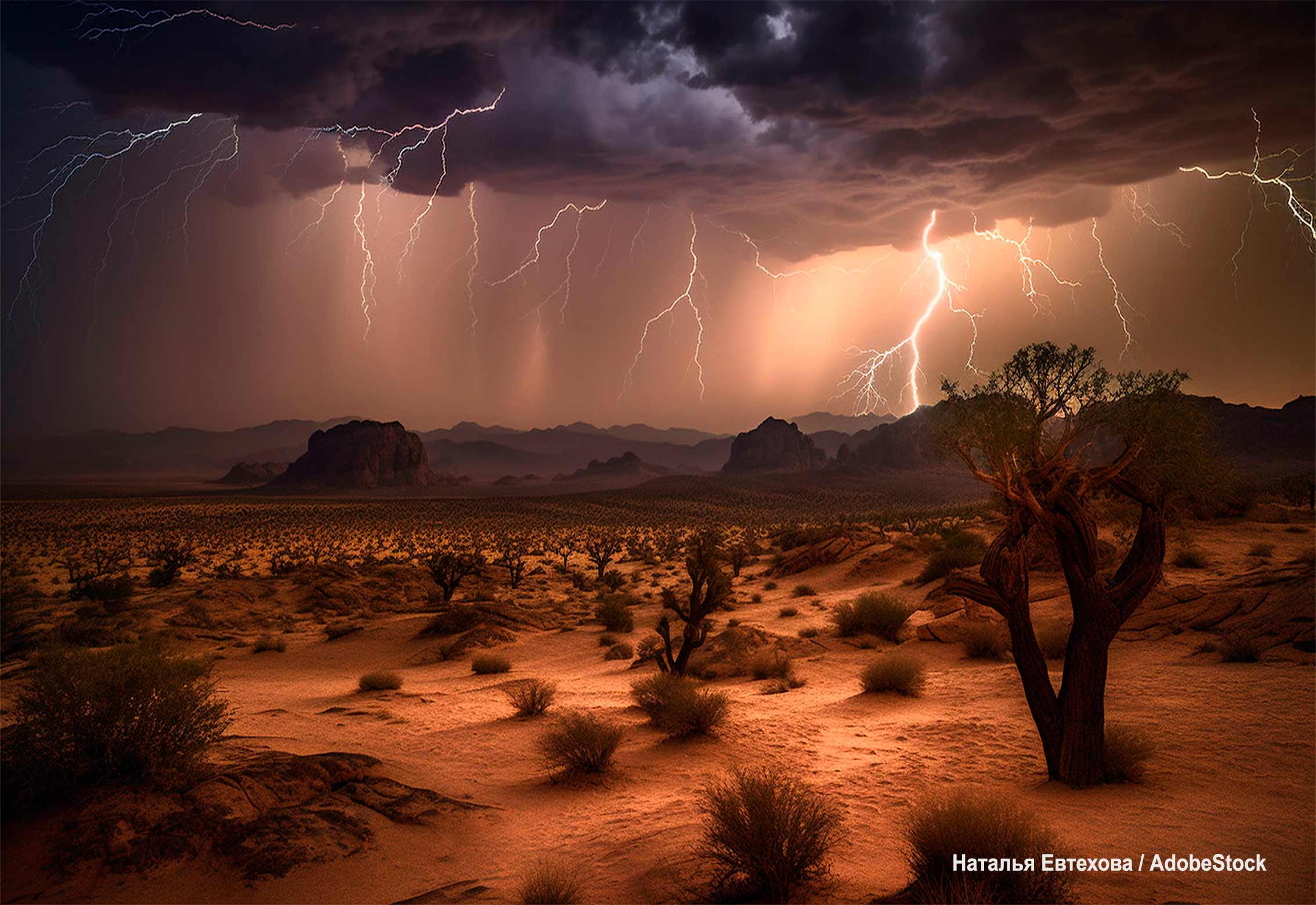FAQ about Drought and Water Scarcity

2. What is the alteration of the water cycle and how does it affect droughts?
The water cycle or hydrological cycle is one of the most important functions of nature to sustain the great variety of life on the planet.
Water exists on Earth in three forms: liquid state , present in oceans, seas, lakes, rivers, and aquifers; solid state in the ice of the Arctic and Antarctic, in mountain glaciers and in other frozen or snow-covered areas of the planet; gaseous state , or water vapor in the clouds present in the atmospheres.
These three states are in permanent movement and exchange. For example: the water from the cloud’s precipitates on the ground and the oceans, from the ground it goes to the groundwater or aquifers. Increases the flow of rivers and they flow their excess water into seas, lakes and other rivers. The cycle is then repeated over and over again. This is what we call the water cycle.
Global warming and the water cycle
The constant increase in the temperature of the planet produces greater evaporation of the ocean waters and consequently the increase in the patterns of precipitation and flow of currents related to the water cycle. For this reason, rainfall is greater than in the past, which is why it is common to see catastrophic storms, river overflows, mountain landslides, extreme flooding, and great damage to people, towns, cities, and crop fields.
Global warming and drought
At the same time that some areas are experiencing extreme storms, others are suffering droughts, due to increased evaporation, but in this case the clouds move away from these areas and the rainfall ceases. The vegetation and soils dry out and a period of drought begins. If the situation is prolonged, soil degradation occurs. When the rain comes, much of the water runs off the ground into rivers and streams, and the ground remains dry with increased risk of drought.
FAQs about Drought and Water Sacarcity
1. What is drought and how is it related to water scarcity?
2. What is the alteration of the water cycle and how does it affect droughts?
3. How are drought, deforestation and water scarcity related?
4. What is the difference between drought and desertification?
5. What are the main causes of drought?
6. What are the consequences of drought?
7. How many kinds of droughts are there and what are they?
8. How does drought affect food security?
Other sections of El Niño 2023-2024
Scientists estimate that the 2023-2024 El Niño, exacerbated by the climate crisis, will likely raise global temperatures to new records in 2024. Read +

